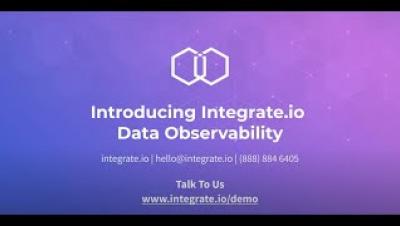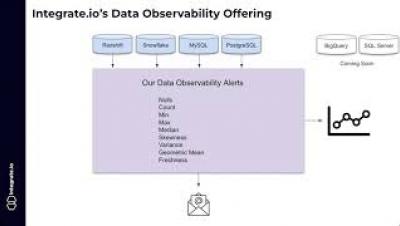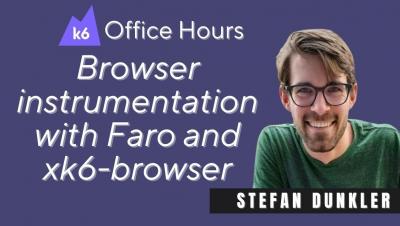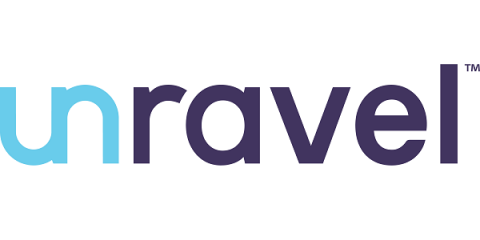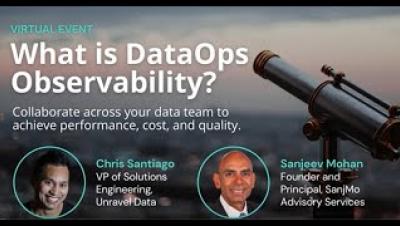Systems | Development | Analytics | API | Testing
Observability
Introducing Integrate.io's Data Observability
Eckerson Report: Data Observability for Modern Digital Enterprises
This Eckerson Group report gives you a good understanding of how the Unravel platform addresses multiple categories of data observability—application/pipeline performance, cluster/platform performance, data quality, and, most significant, FinOps cost governance—with automation and AI-driven recommendations.
Frontend Observability with Grafana Faro x k6
Understanding The Risks and Rewards of Data Observability
Kensu Platform Now Powered by Snowflake
What are the key trends in data in 2023?
As we move into 2023, I am very excited to see all of the predictions for data and analytics and what they mean to Kensu. I looked at different publications and spoke with various industry experts and analysts to see if there were any conclusions we could draw.
Panel recap: What Is DataOps observability?
Data teams and their business-side colleagues now expect—and need—more from their observability solutions than ever before. Modern data stacks create new challenges for performance, reliability, data quality, and, increasingly, cost. And the challenges faced by operations engineers are going to be different from those for data analysts, which are different from those people on the business side care about. That’s where DataOps observability comes in.
Data Observability: 7 Trends to Watch in 2023
As organizations look to scale up and improve the business value of their growing data volumes, certain data trends have garnered the attention of data and business professionals alike. With this growth promising to continue in the upcoming year, data leaders are looking to implement tools to enrich their organization’s data like never before. Here are seven trends you can watch for in the new year.


